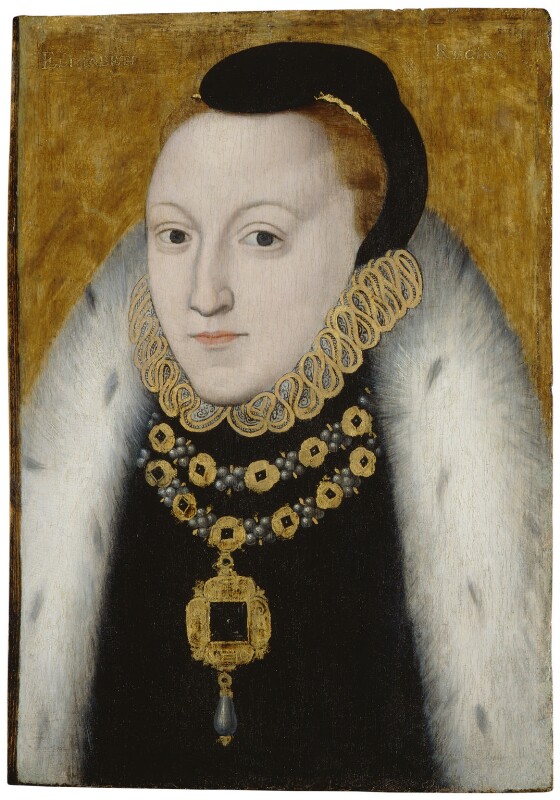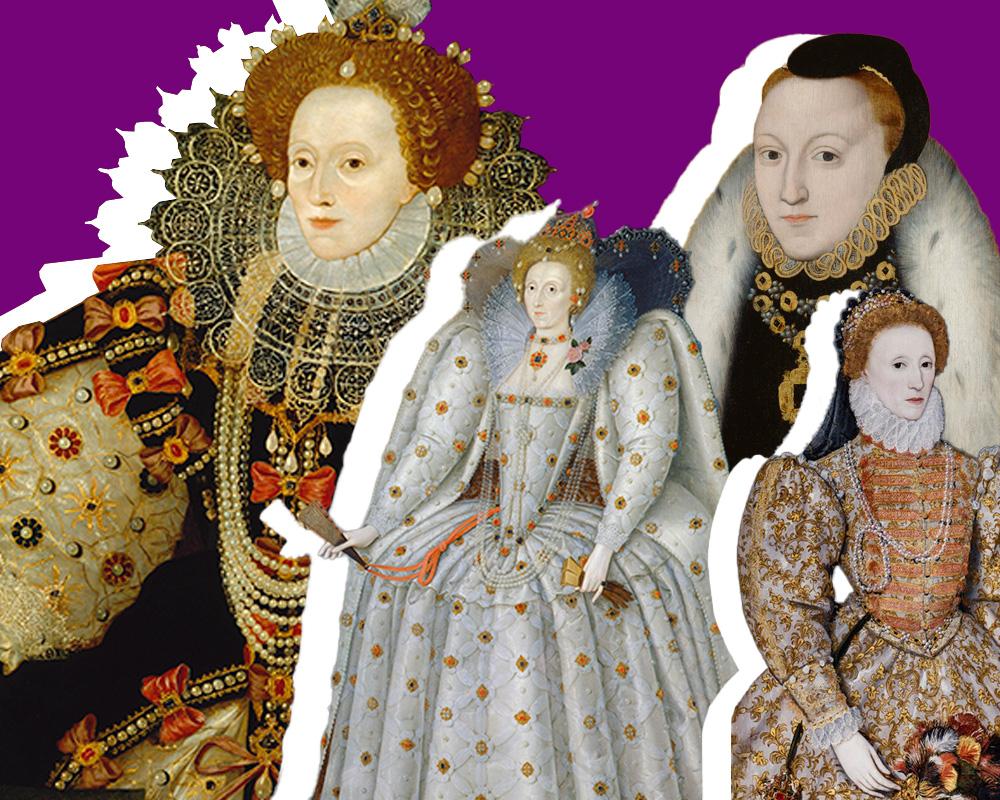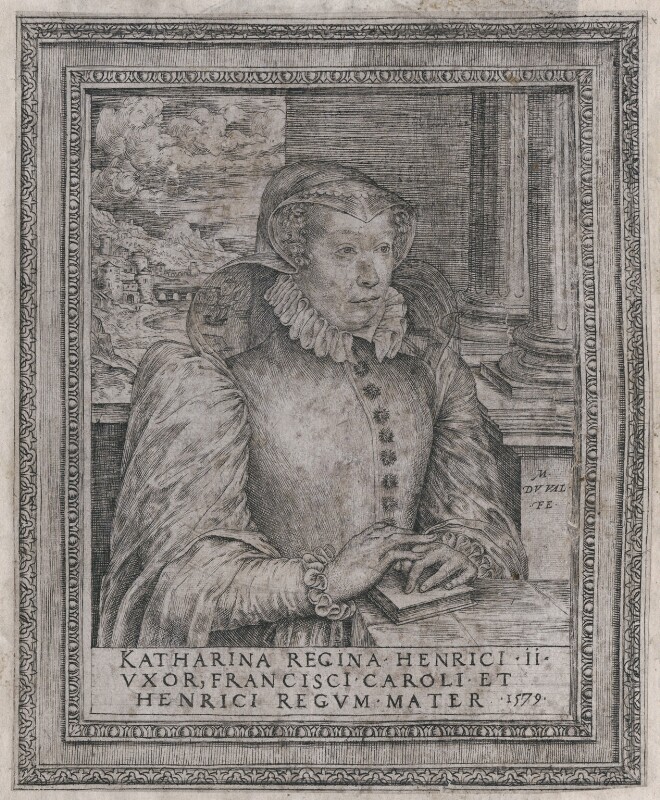
Queen Elizabeth I - The original social influencer and the power of portraits
It goes without saying how powerful Elizabeth I was during her reign but how did she cultivate that power as a woman? Charlotte Bolland Curator at the National Portrait Gallery looks at how Elizabeth used portraiture to overcome the trials of leading a country that believed women to be inferior.

How does a powerful woman present herself in a society that views woman as inferior to men? This was the question faced by Elizabeth I and those who constructed her image in the sixteenth century. How – to use the Queen’s own terms from her famous speech at Tilbury in 1588 – to convey that ‘the heart and stomach of a king’ lay within the ‘body of a weak and feeble woman’?
The extraordinary number of portraits of Elizabeth that were produced throughout her long reign suggests that it was a question that she and her advisors grappled with for more than forty years. At the same time, the range of her imagery is perhaps indicative of the creative freedom that she, her artists, and the courtiers who commissioned her portrait, found in the presentation of female power. You could even compare her use of portraits with that of the modern-day social influencer, using photos (portraits) to convey a version of themselves they want people to see and believe.
Four portraits of Elizabeth from the National Portrait Gallery’s Collection are on display at the Walker Art Gallery in The Tudors: Passion, Power and Politics, showing some of the many identities that she cultivated. Spanning her reign, the images each take a different approach to proclaiming her position as monarch, varying scale and composition, along with clothing, jewels, and text to convey her embodiment of spiritual and temporal authority over England.
However, creative exploration of what it meant to be a queen regnant was not thought to be necessary at the beginning of her reign, and the earliest portrait of Elizabeth in the exhibition demonstrates some of the challenges that she faced as a twenty-five-year-old woman assuming the throne. Modest in scale, possibly to make it easier to transport, the portrait type was likely used to share the likeness of England’s new queen with national and international audiences.
To modern eyes, who know that Elizabeth’s iconography will become a cultural reference point for centuries, the portrait seems almost apologetic about the elevated position held by the young woman. Elizabeth is identified as queen by the inscription ‘Elizabeth Regina’ and wears an enormous diamond on a heavy gold chain and a luxurious fur-lined gown. However, there is little pageantry, swathed in black, the Queen is all too human and looks out at her audience with a watchful expression.

Elizabeth’s early portraits certainly did little to impress her contemporaries. Catherine de’ Medici was reported to have exclaimed after seeing Elizabeth’s portrait that ‘After what everyone tells me of her beauty and after the paintings of her that I have seen, I must declare that she did not have good painters’! The simplicity of the image should perhaps not be surprising; it was in many ways a placeholder, sharing the Queen’s likeness rather than attempting to present her as the embodiment of the nation’s sovereignty. It was likely imagined that her imagery as queen would soon need to prioritise her presentation as a wife and mother once she had married and secured the succession by giving birth to an heir. Before that point, portraiture was mainly needed to perform what had long-been its primary function: facilitating marriage negotiations.
As time passed and Elizabeth remained single, her councillors became aware that her regal authority as an individual could be, and perhaps should be, proclaimed through portraiture. As an unmarried queen regnant, her position was without parallel; however, across society there were well rehearsed means by which to undermine a women’s position that could easily be applied to a queen. In a manner that echoes uncomfortably down the centuries, Elizabeth’s opponents sought to diminish her legitimacy in the eyes of both her peers and her subjects, through attacks on her reputation.
Elizabeth may have placed her virginity centre stage when Parliament first petitioned her to marry in 1559, noting that ultimately it would be sufficient if her monument recorded simply ‘that a Queene, having raigned such a tyme, lived and dyed a virgin’, but rumours, particularly of her closeness to Robert Dudley, Earl of Leicester, swirled around society, from alehouses on Cheapside to the royal courts of Europe. A promiscuous queen was not only an undesirable wife for the princes of Europe who looked to secure an alliance with England, but also a potential threat to the realm, for how could the paternity of any future children – the heirs to the throne - be trusted? For an individual who was supposed to hold supreme authority over her realm, gossip and innuendo about sexual impropriety offered a means to bring Elizabeth down to earth.

This was well understood by her peers, particularly the woman who was in many ways her alter ego across the Channel, the Catholic Queen Mother of France, Catherine de’ Medici. Preserved in the diplomatic dispatches of Sir Thomas Smith is an account of one of his conversations with the French Queen during Anglo-French marriage negotiations, in which Catherine reported admonishing her son Henri, duc d’Anjou, for giving credence to rumours about Elizabeth. With insightful empathy that seems at first surprising to a reader in the twenty-first century, and then depressingly resonant, Catherine identifies the particular role of slander in challenging a woman’s right to rule, observing that:
it is all the hurt that evil men can do to Noble Women and Princes, to spread abroad lies and dishonourable tales of them, and … we of all Princes that be women, are subject to be slandered wrongfully of them that be our adversaries.

It was this challenge to her authority that Elizabeth countered through portraiture as she entered her forties and it became clear that she would be unlikely to marry, crafting an imperious iconography that dared the viewer to question her position. This is exemplified by a portrait produced in the mid-1570s that makes the case that Elizabeth was uniquely suited to rule through the design of the extraordinary jewel that hangs from her waist. Its subject relates to the classical legend of the judgement of Paris. In the legend, Jupiter asked Paris to judge who was the fairest of three goddesses - Juno, Minerva and Venus - after Eris, the goddess of discord, cast a golden apple inscribed ‘For the fairest’ among the guests at a wedding to which she had not been invited.
In Elizabeth’s jewel, four diamonds backed with black foil to emphasise their lustre surround a large rectangular ruby. Enamelled figures surround the stones: Juno and her peacock are on the left, in the centre Minerva stands with helmet and shield, while a naked Venus reclines on the right with Cupid; at the base of the jewel Jupiter can be identified by his thunderbolt. However, where Paris chose Venus in the legend, and triggered the events that led to the Trojan War, Elizabeth’s possession of the jewel indicated that she was not only the fairest of all goddesses, she also retained all their virtues, balancing Juno’s regal power with Minerva’s intellect and Venus’s power over men’s hearts. Furthermore, Elizabeth was not simply the peer of the Jupiter, king of the gods, but could hold him in her hand.
All works shown in this article are on display in Walker Art Gallery for the exhibition Tudors: Passion, Power and Politics —
